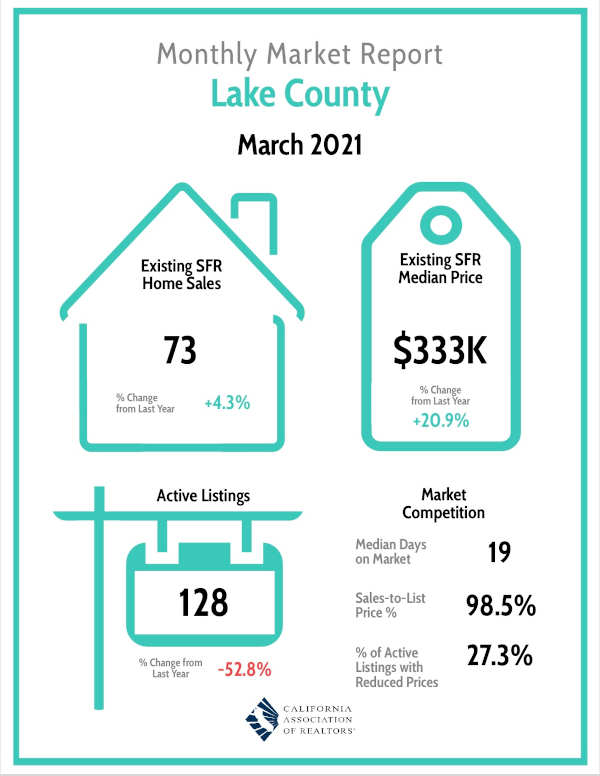- Elizabeth Larson
- Posted On
CPUC directs PG&E to address issues in wildfire mitigation plan
On May 4, Caroline Thomas Jacobs, director of the CPUC’s Wildfire Safety Division, issued a revision notice to PG&E outlining the issues.
Jacobs said the Wildfire Safety Division found the “critical issues to be of significant enough importance such that an extension of the three-month statutory deadline is necessary” in order for it to adequately determine that PG&E’s 2021 Wildfire Mitigation Plan Update satisfies the information requirements the division has set forth and that the plan “will sufficiently reduce utility-related wildfire risk and impacts to public safety.”
“PG&E has shown us time and again that it is not protecting its customers. The company’s repeated mistakes led to wildfires in five of the last six years. PG&E’s failures have taken a devastating toll killing more than 120 people. Holding PG&E accountable has never been more urgent,” said Maya Chupkov of the CPUC’s Public Advocates Office.
In April, the CPUC’s Public Advocates Office had recommended the Wildfire Safety Division reject PG&E’s 2021 Wildfire Mitigation Plan until it made immediate changes that include focusing on the riskiest areas, adopting stronger oversight so it can better review its own safety performance and beefing up its inspections.
In a statement released to Lake County News in response to the notice, PG&E said it’s working every day to improve its electric system and reduce wildfire risk around it, that there’s more to do and it’s committed “to doing it the right way.”
“While we largely delivered on our 2020 Wildfire Mitigation Plan, we identified several gaps in our execution that we’ve tackled head-on. We’re focused on resolving those gaps in our 2021 Plan and further improving the quality and consistency of our work,” the company said.
PG&E said the gaps it’s working to resolve include prioritizing enhanced vegetation management work, quality of vegetation management activities and prioritizing the scheduling and execution of asset inspections.
“We are also engaging in discussions with the Wildfire Safety Division on a periodic basis to review many aspects of our wildfire mitigation efforts to ensure timely, thorough and transparent communication,” the company said.
In addition to PG&E, similar revision notices were issued on May 4 by the Wildfire Safety Division to Southern California Edison Company and Bear Valley Electric Service.
Officials said the utilities have 30 days to respond.
In PG&E’s revision notice, it outlines six critical issues that PG&E must remedy with regard to its plan.
They are:
— omission of quantitative targets for reduction in public safety power shut-off scale, scope and frequency;
— inadequate justification of significant changes to high priority circuit segments;
— unacceptable aggregation of system hardening risk-spend efficiencies, meaning, that the company failed to provide detailed costs and other data for mitigations such as covered conductor installation, undergrounding and remote grid work;
— equivocating language in asset inspection quality assurance and quality control process descriptions, with the notice explaining that PG&E continues to use vague and noncommittal language to describe its internal plans to address quality issues related to asset inspections;
— unresolved discrepancies in vegetation management expenditure data and their effect on the wildfire management plan; and
— contradictory reduction in expenditure allocation for critical vegetation management initiatives, noting that the company has significantly reduced its budget allocations “for initiatives considered critical to effective execution of its vegetation management programs.”
Chupkov said many of the concerns raised by the Public Advocates Office were included in the CPUC revision notice.
Referring to the Public Advocates Office as “Cal Advocates,” the notice stated, “The Cal Advocates’ comments provide a litany of examples of oversights in PG&E’s asset inspections, including missed inspections, inability to produce inspection records, and failures to collect complete asset information.”
The document said those oversights include, but are not limited to the following:
— Out of 967 transmission towers in the High Fire-Threat District that were scheduled for climbing inspections in 2020, PG&E failed to conduct any of those climbing inspections before its internal goal of the end of August 2020 and notedly before the critical fall wildfire risk time period.
— As of January 2021, PG&E could not confirm that it had performed intrusive pole inspections within the time frames required by General Order 165 on more than 41,000 poles.
This is the latest challenge PG&E has faced in meeting the CPUC’s expectations for addressing wildfire risks.
In April, after finding PG&E had made insufficient progress in mitigating wildfire risks across its service territory, the CPUC passed a resolution placing the company into step one of the six-step Enhanced Oversight and Enforcement Process.
The commission created that process to hold the company accountable for improving its safety record after it emerged from bankruptcy in 2020.
PG&E said it’s continuing “to evaluate, evolve and refine our approaches to further reduce wildfire risk and get better this year and beyond. We want our customers, stakeholders and the public to know that we are committed to reducing the risk on our system and continuously improving our approaches to make California a better and safer place for our customers and communities.”
Email Elizabeth Larson at This email address is being protected from spambots. You need JavaScript enabled to view it.. Follow her on Twitter, @ERLarson, or Lake County News, @LakeCoNews.









